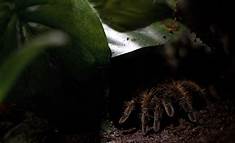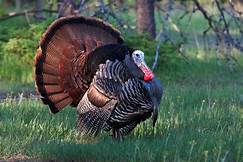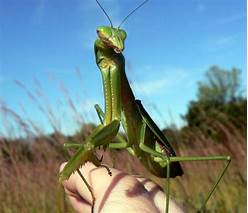What Do Pet Spiders Eat?
Keeping a pet spider can be a unique and rewarding experience. However, before you bring a spider home, it's important to understand their dietary needs. In this article, we'll discuss what pet spiders eat and how to provide them with a balanced diet.

Types of Pet Spiders
There are many different species of spiders that can be kept as pets, each with its own unique dietary needs. Some of the most common types of pet spiders include:
1. Tarantulas: Tarantulas are one of the most popular types of pet spiders. They are generally docile and easy to care for, and they come in a wide variety of sizes and colors.
2. Jumping spiders: Jumping spiders are known for their ability to jump long distances. They are generally small and active, and they make interesting pets.
3. Orb weavers: Orb weavers are known for their beautiful webs. They are generally shy and retiring, and they make good pets for those who want a low-maintenance pet.
4. Wolf spiders: Wolf spiders are active hunters that do not build webs. They are generally hardy and easy to care for, and they make good pets for those who want a spider that is always on the move.
What Do Pet Spiders Eat?
The diet of a pet spider will vary depending on the species. However, most pet spiders eat a diet that consists of insects, such as:
1. Crickets
2. Mealworms
3. Dubia roaches
4. Flies
5. Moths
It is important to provide your pet spider with a variety of insects to ensure that they are getting all the nutrients they need. You can purchase insects for your spider at most pet stores.
How Often Should I Feed My Pet Spider?
The frequency with which you should feed your pet spider will depend on the species and its size.
What Else Do Pet Spiders Need?
In addition to food, your pet spider will also need a few other things to stay healthy and happy, such as:
1. A proper enclosure: The enclosure should be large enough for your spider to move around comfortably, and it should have good ventilation.
2. Substrate: The substrate is the material that covers the bottom of the enclosure. It should be something that your spider can burrow into, such as peat moss or vermiculite.
3. Water: Your spider needs access to fresh water at all times. You can provide water by misting the enclosure or by placing a shallow dish of water in the enclosure.
4. Hiding places: Your spider needs a place to hide, such as a piece of bark or a overturned flower pot.
Declaration: All article resources on this website, unless otherwise specified or labeled, are collected from online resources. If the content on this website infringes on the legitimate rights and interests of the original author, you can contact this website to delete it.




